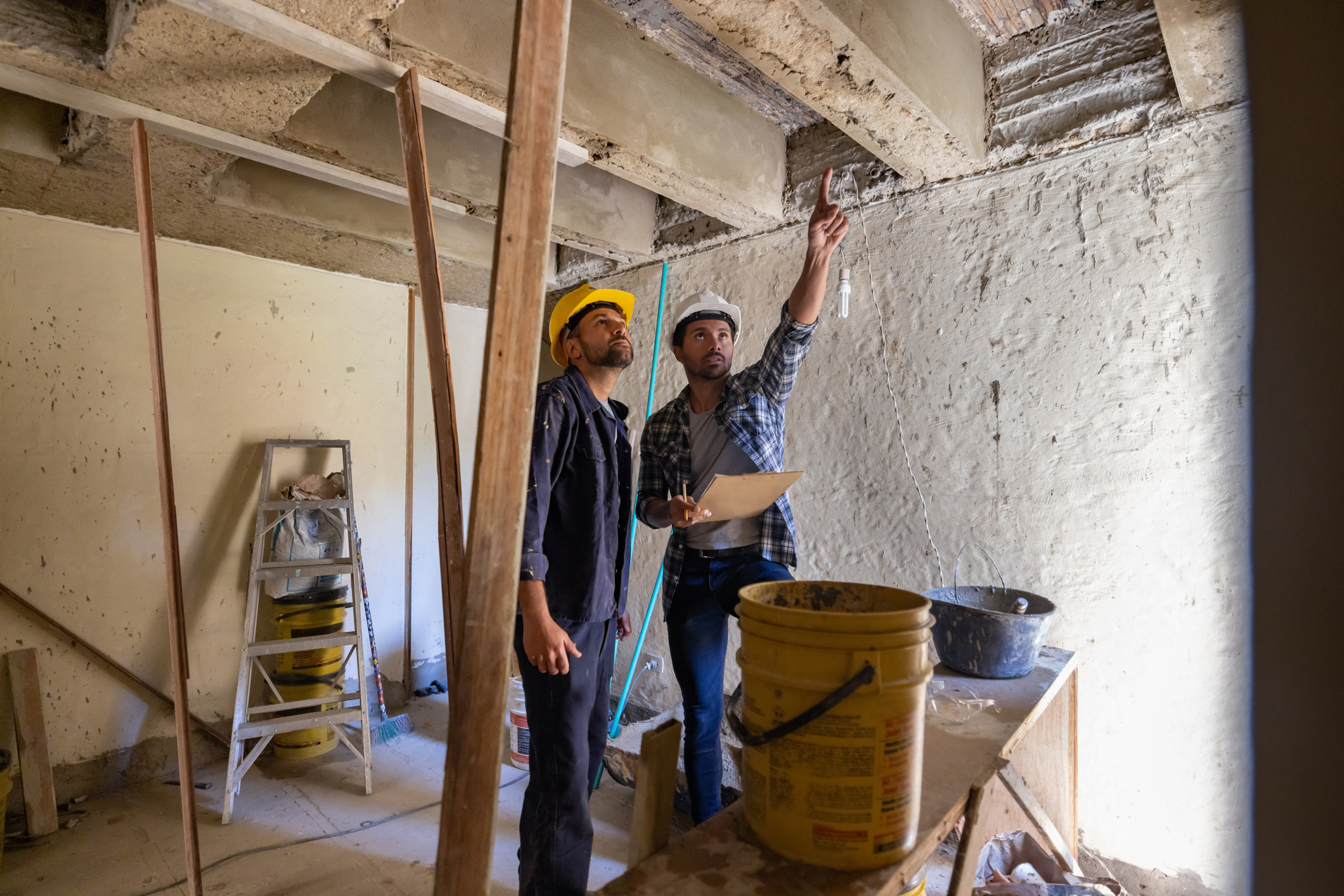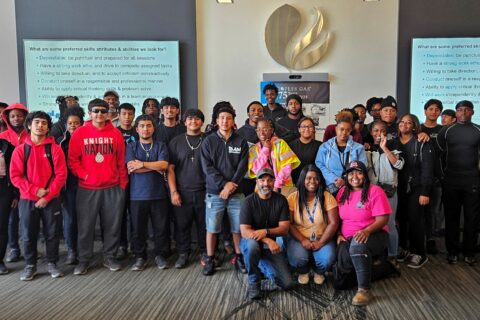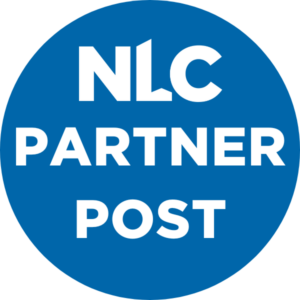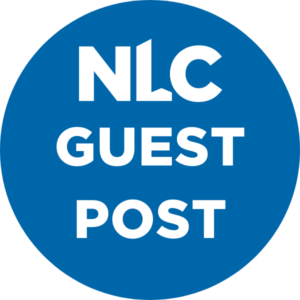A pipeline of skilled and accredited professionals can not only prevent the home repair process from lagging but can also enhance local engagement opportunities and provide career pathways for communities interested in home rehab work.
A healthy and safe home can promote better physical and mental health and provide a pathway to success. When health hazards like mold and lead are identified, it is often the role of the local government to ensure that the home is properly rehabilitated and is void of any hazards that pose a threat to the health and wellbeing of the resident. Municipalities will work with local contractors and workforces that are trained to conduct essential home repairs, lead hazard mitigation and other healthy housing interventions to remove hazards and ensure the home is safe and healthy. But what happens if a community lacks the contractors needed to perform these interventions?
A readily available and knowledgeable workforce that can perform housing interventions is crucial for communities as they face mounting pressure to increase their affordable housing stock, preserve existing housing united and guard against unsafe living conditions. Preservation of the existing housing stock can be a great strategy to create new housing opportunities at a lower cost and at a faster rate than developing new homes.
To support municipalities with developing their own healthy housing workforce, the National League of Cities has designed the Healthy Housing Workforce Toolkit to provide local leaders with the tools and resources needed to be prepared to meet these challenges head on.
What Cities Can Do with the Toolkit
- Identify and assess housing gaps between the demand for a workforce and the current supply and define housing challenges, community needs and gaps in the labor market.
- Establish goals and evaluation metrics to monitor and track the progress of the workforce program.
- Strengthen and create partnerships to ensure that the approach to designing and implementing a healthy housing workforce incorporates a diverse collection of external and internal stakeholders.
- Access funding and guidance on leveraging federal, state and local funding opportunities to support healthy housing workforce development.
- Make the case to share with communities and partners about the importance of building a healthy housing workforce.
- Build the pipeline using case studies, templates and policies to ensure municipalities have access to a comprehensive and sustainable healthy housing workforce.
How to Use the Toolkit
Here are three examples of ways municipalities can use the toolkit to achieve their goals:
1. Launching a Workforce Development Program
Municipalities with limited or no existing workforce initiatives can use the toolkit to create a program from the ground-up. The step-by-step guidance ensures cities can focus on the essential components, including:
- Recruiting and Retaining Workers: Templates for outreach campaigns that engage diverse populations, particularly those from disadvantaged communities, ensuring equitable access to opportunities. Identifying strategies to retain workers like building career pathways and offering support services.
- Establishing Partnerships: Utilizing tools like the Message Guide Toolkit and HUD’s Partner Communication Strategy Guide to best collaborate with local training providers, contractors and community organizations to provide certifications in lead abatement, mold remediation, healthy housing evaluations and energy efficiency retrofitting.
- Finding Funding: Guidance on applying for grants and accessing federal funding resources such as HUD’s Lead Hazard Control Grants to support workforce training and employment.
2. Enhancing Contractor Collaboration
For municipalities seeking to improve and identify new relationships with contractors, the toolkit offers tools to:
- Set Standards: Develop clear policies and certifications to ensure contractors are well-equipped to deliver high-quality, healthy housing interventions.
- Provide Resources: Offer contractors access to training modules, funding information and best practices for addressing housing health hazards.
- Establish Metrics: Identify Key Performance Indicators to measure success and understand the impact on outcomes in communities.
3. Promoting Equity in Workforce Development
The toolkit emphasizes the need to conduct workforce development through an equity lens to ensure programs are inclusive and equitable, offering:
- Developing Needs and Gap Analysis: Understanding the communities’ needs and identifying where a gap in services provided could be filled with a healthy housing workforce.
- Pathways to Advancement: Guidance on creating career ladders that allow workers to have a clear pathway to higher-paying roles over time.
- Leveraging On-the-Job Training and Apprenticeships: Tools for municipalities to identify Registered Apprenticeship programs and learn how they can increase retention rates and ensure workers possess the knowledge and experience needed to enter designated jobs feeling prepared.
Learn More
Ready to use the NLC’s healthy housing resources to strengthen your community? Register now for a webinar on Wednesday, March 26 at 2 PM ET. You’ll learn more about the new Healthy Housing Message Guide toolkit and how to use it to help your residents.











